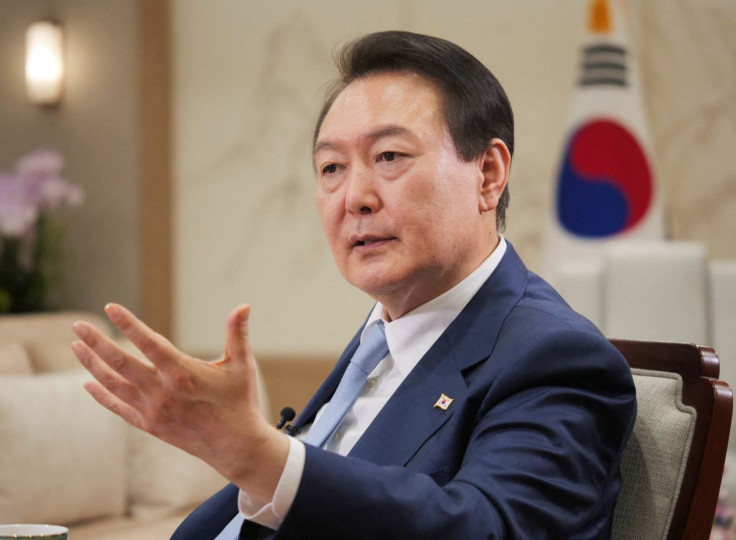
South Korean President Yoon Suk Yeol held authorities responsible for the rising death toll, which reached 40, as he attributed the failure to adhere to disaster response protocols. Among the fatalities were twelve individuals discovered deceased in a submerged underpass.
Central and southern regions of South Korea have been severely affected by relentless downpours since Thursday, with the ongoing rainy season reaching its peak.
In addition to the confirmed deaths, the interior ministry has reported nine individuals as missing, and 34 others as injured throughout the country.
The tragic incident in Cheongju, located 110km (68 miles) south of Seoul, resulted in twelve fatalities, with three bodies discovered overnight.
The incident took place in a tunnel where sixteen vehicles, including a bus, were engulfed by a flash flood on Saturday after a river levee collapsed.
WARNING: GRAPHIC CONTENT
— Reuters (@Reuters) July 16, 2023
Rescuers retrieved bodies from a flooded tunnel in South Korea as the death toll rose from downpours that caused landslides and floods https://t.co/Xuj4fVGsYh pic.twitter.com/xWTXUGHwod
The occurrence has sparked concerns and raised questions about South Korea's ability to prevent and effectively respond to flood-related damages.
Certain drivers who frequently use the road have criticized the government for not implementing a ban on accessing the underpass, despite widespread flood predictions.
"We've repeatedly emphasized access control over dangerous areas and preemptive evacuation since last year, but if basic principles of disaster response are not kept on the spot, it is difficult to ensure public safety," Yoon told the meeting.
Upon returning from an overseas trip, President Yoon took immediate action by convening a disaster response meeting on Monday.
During the meeting, he acknowledged that the situation had been exacerbated by inadequate management of vulnerable areas.
The rescue operation in the underpass involved the coordinated efforts of approximately 900 fire, police, and military officials, as stated by the interior ministry.
These officials utilized boats, underwater drones, and other specialized equipment to aid in the rescue efforts.
Seo Jeong-il, the fire chief in west Cheongju, mentioned during a briefing on Monday that while the search operation was ongoing, no further victims had been found in the remaining vehicles inside the tunnel.
This indicates that the immediate search and rescue phase was coming to a conclusion.
The increasing severity of floods and extreme weather patterns have tragically resulted in the loss of numerous lives during recent rainy seasons.
In response to these incidents, the government pledged last year to take necessary actions to better cope with climate change-induced disasters.
This commitment followed severe downpours in Seoul, including the affluent Gangnam district, which caused substantial damage, claimed at least 14 lives, and resulted in the flooding of subways, roads, and homes—the most severe in 115 years.
President Yoon, on Monday, conducted an aerial survey of the devastated areas via helicopter.
He emphasized the need for utmost efforts in rescuing any remaining victims and pledged support for those affected by designating the flood-affected areas as special disaster zones.
"The government will restore everything, so don't worry too much," Yoon said after meeting residents in Yecheon in North Gyeongsang province, an area hit by landslides where 19 people died and eight remain missing, Reuters reported.
The current situation in North Korea remains uncertain, although state media has recently reported heavy rainfall and measures to safeguard crops in a country that has experienced severe food shortages.
The South Korean Unification Ministry confirmed that it had requested Pyongyang to inform Seoul of any intentions to release water from the Hwanggang Dam.
This request aims to enhance communication and coordination between the two countries. It is worth noting that back in 2009, the release of water from the same dam caused flooding downstream, leading to the tragic loss of six lives in South Korea.
The request for notification is a precautionary measure to prevent a similar incident from occurring again.
© 2025 Latin Times. All rights reserved. Do not reproduce without permission.




